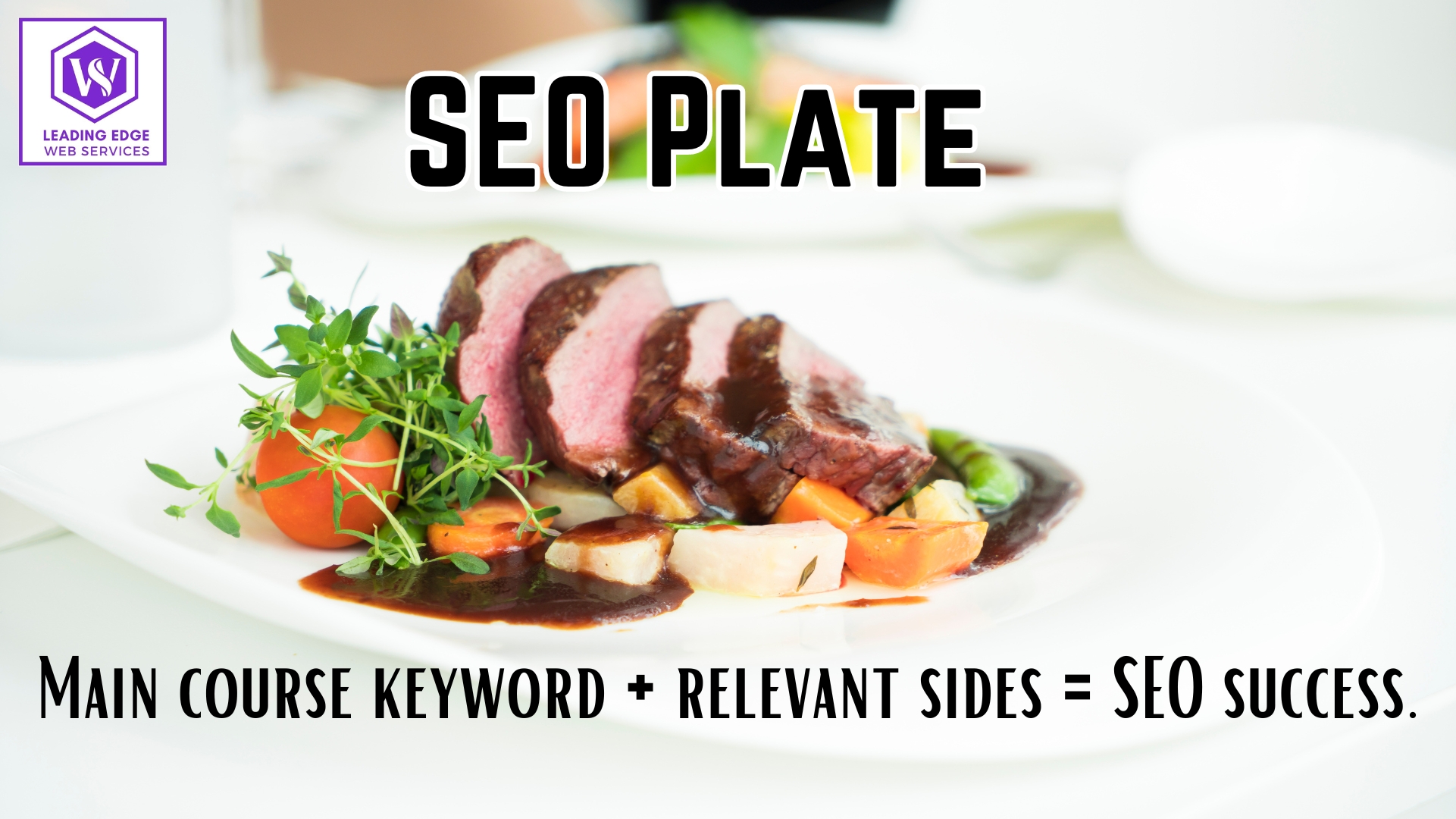
When it comes to SEO content, the keyword question reigns supreme. Should you cram your content with every relevant term you can find, or focus on a single, powerful keyword?
The answer, like a delicious meal, lies in achieving a perfect balance.
Here’s the truth: Google prioritises content that deeply explores a specific topic. Stuffing your content with numerous keywords can dilute your message and confuse search engines. However, ignoring relevant keywords entirely means missing out on valuable search traffic.
So, how do you strike the SEO sweet spot? Let’s ditch the technical jargon and focus on practical tips to help your content rank higher and attract the right audience.
The Power of the Main Course - Why One Strong Keyword Matters
Imagine a restaurant menu overflowing with every dish imaginable. While impressive, it wouldn’t tell you much about the restaurant’s specialty or expertise. The same applies to SEO.
Focusing on a single main keyword allows you to:
Deeply explore a topic: In-depth content establishes you as an authority. Google prioritises content that comprehensively addresses a user’s search intent.
Optimise for user experience: Content focused on a single keyword offers a clear, concise reading experience that keeps users engaged.
Target long-tail keywords: These are more specific keyword phrases with lower search volume but higher conversion rates. By understanding your main keyword, you can naturally incorporate these long-tail variations into your content.
The Art of the Side Dish: How to Leverage Relevant Keywords
Just like a well-rounded meal benefits from complementary side dishes, your content can be enhanced by including relevant keywords.
Here’s how:
Identify related keywords – Utilise keyword research tools to find terms people use alongside your main keyword. These could be synonyms, related questions, or complementary topics.
Integrate naturally – Don’t force keywords. Weave them organically into your writing, ensuring they make sense in context.
Target internal linking – Link to other relevant content on your website that explores these related keywords. This improves user experience and demonstrates your website’s depth on the topic.
Building Your SEO Content Menu: Practical Tips for Success
Now that you understand the importance of both main and relevant keywords, let’s explore practical
tips for crafting your SEO content:
- Start with keyword research: Before diving in, use free or paid tools to identify your main keyword and discover relevant terms with decent search volume and low competition.
- Craft a compelling title and Meta description: Include your main keyword prominently in both, while keeping them clear and informative to entice users to click.
- Structure your content logically: Use subheadings, bullet points, and images to break up text and improve readability. Include your main keyword strategically within the headings and throughout the content, but avoid keyword stuffing.
- Optimise for on-page SEO: Ensure your images have relevant alt-text descriptions containing your main keyword.
- Promote your content: Share your content on social media and relevant online communities to increase traffic and engagement.
While focusing on a main keyword and strategically using relevant ones is crucial, prioritise creating valuable, informative, and engaging content that resonates with your target audience. Google, after all, rewards content that users love.
By following these tips, you can craft a well-balanced SEO content strategy that attracts the right audience and positions you as a thought leader in your field.
So, ditch the keyword overload, focus on quality, and watch your content rise to the top of the search engine results page, one delicious, informative bite at a time.
